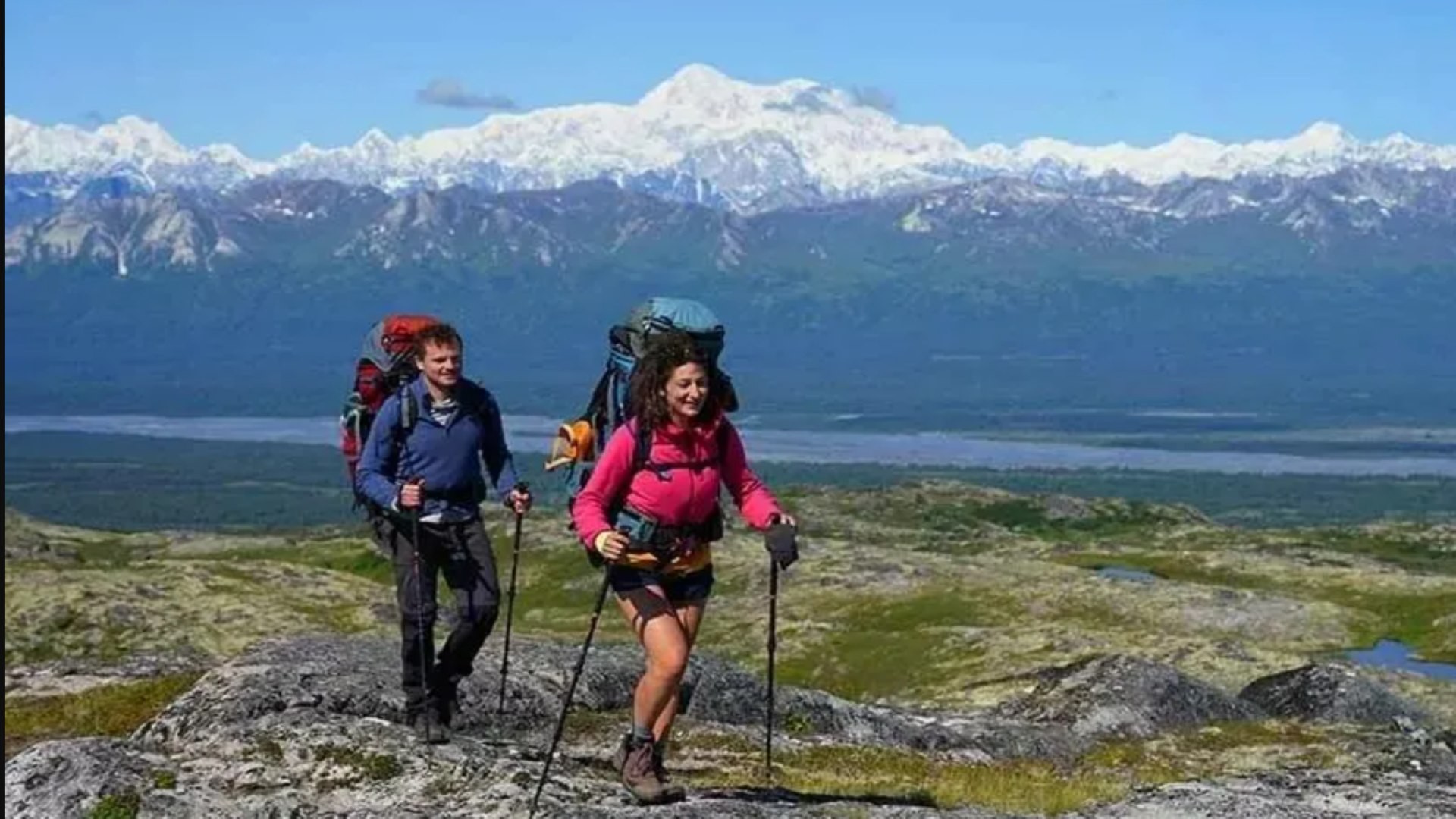Top 10 Highest Mountains in South America
 |
| Illustrated picture. Photo: Mixi |
South America is a continent after Asia with the highest mountains. You will find a whole range of six thousand mountains in the Andean ridge on the western part of the continent. Most of the largest are active or extinct volcanoes.
List of 10 Highest Mountain in South America
1) Aconcagua - 6962m
2) Ojos Del Salado - 6891m
3) Monte Pissis - 6795m
4) Huascaran - 6768m
5) Cerro Bonete - 6759m
6) Tres Cruces - 6749m
7) Llullaillaco -6739m
8) Mercedario - 6700m
9) Incahuasi - 6658m
10) Nevado Sajama - 6542m
Which are the 10 Highest mountains in South America?
1) Aconcagua - 6962m
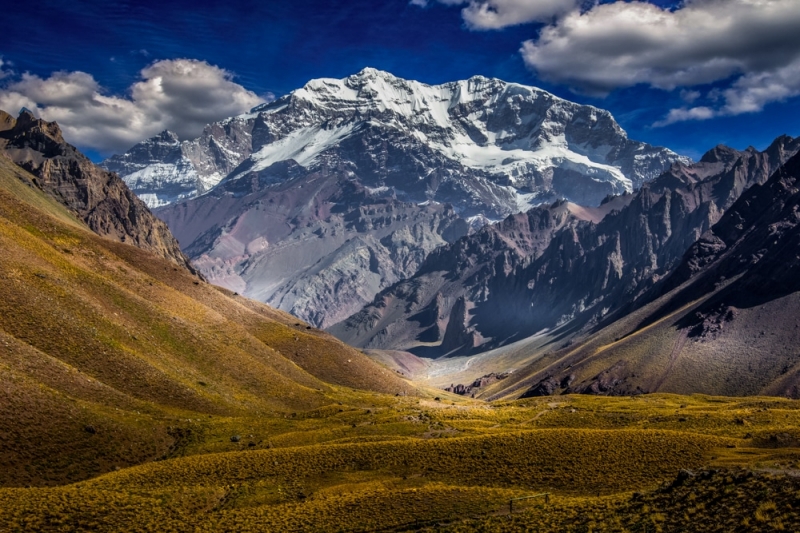 |
| Photo: Toplist.vn |
Location: Argentina
Aconcagua (we’ll let you create your own pronunciation) not only takes the number one spot on the coveted list of South America’s highest mountains, but it’s also the highest mountain situated outside of Asia. This makes it the highest mountain in both the Western and Southern Hemispheres to boot.
The mountain sits within the Aconcagua National Park and hosts a few glaciers on its south face, the largest of which descends a whopping 15 kilometres.
The first ascent of Aconcagua was made by none other than Matthias Zurbriggen, who has a plethora of first ascents and routes in his name after a colourful life as a mountain guide and explorer.
| Name origins It is not exactly known where the name Aconcagua came from. One possible origin is that it derived from the native Quechuan words akun, or "summit," ka, or "other" and agua, or "admired" or "feared," according to the Encyclopedia of World Geography. Another possibility is that it comes from Aconca-Hue, an Arauca phrase that translates as "comes from the other side" — meaning the other side of the Aconcagua River. The name also may be derived from ackon cahuak, Quechuan words meaning "stone sentinel." Other options for the origin of the name are the Quechuan phrase ancho cahuac or "white sentinel," or aymara janq'u q'awa, meaning "white ravine." Former volcano The Andes Mountains were formed as the result of subduction of the oceanic Nazca Plate under the South American continent, according to Marieke Dechesne, a geologist with the U.S. Geological Survey. Aconcagua used to be a volcano, when the oceanic plate dipped at a higher angle under the continent. However, sometime in the Miocene, about 8 to 10 million years ago, the subduction angle started to decrease causing the magma to stop melting and increasing the horizontal stresses between the oceanic plate and the continent, causing the thrust faults that lifted Aconcagua up off its volcanic root. |
2) Ojos Del Salado - 6891m
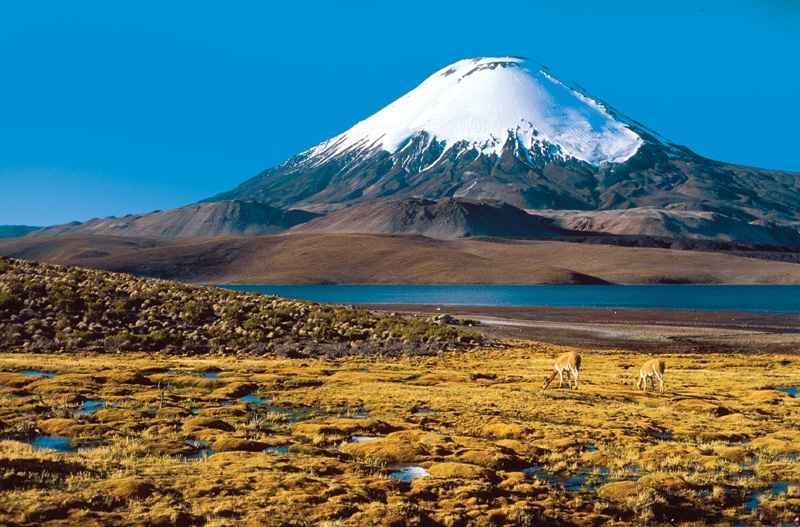 |
| Photo: Wikiloc |
Location: Argentina
Sitting on the Chile / Argentina border, on the edge of the Atacama Desert. Ojos del Salado (translated to ‘Eyes of the Salty One’) takes second place on the rankings for South America’s highest mountains and is the world’s highest active volcano (which gives it a stench of Sulphur at the summit) at 6,891 metres – just 80 metres lower than Aconcagua.
First ascended by a Polish expedition back in 1937, Ojos del Salado is now a commercialized peak with expeditions driving a large way up and ferrying their clients up the tricky top section; one that requires a short scramble. Being on the Atacama Desert (the driest place on earth), Ojos del Salado only sees snow briefly during the winter season.
3) Monte Pissis - 6795m
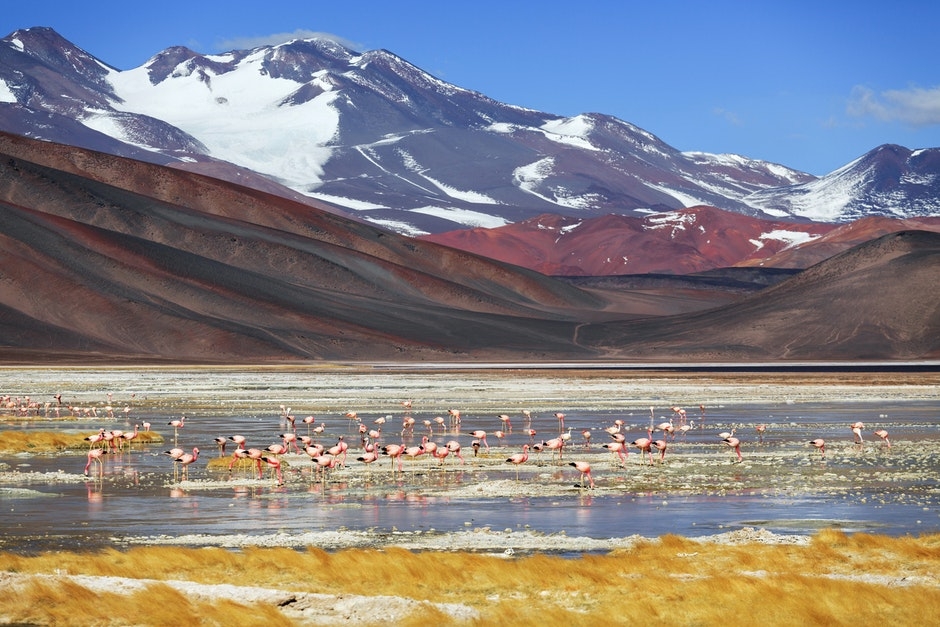 |
| Photo: mpora |
Location: Argentina
Monte Pissis is an extinct volcano on the border of La Rioja and Catamarca provinces, Argentina, 25 km (16 mi) from the Chilean border. The mountain is the third-highest in the Western Hemisphere, and is located about 550 km (340 mi) north of Aconcagua. Monte Pissis is named after Pedro José Amadeo Pissis, a French geologist who worked for the Chilean government. Due to its location in the Atacama Desert, the mountain has very dry conditions but there is an extensive glacier (with crevasses, which is unique in the region)
4) Huascaran - 6768m
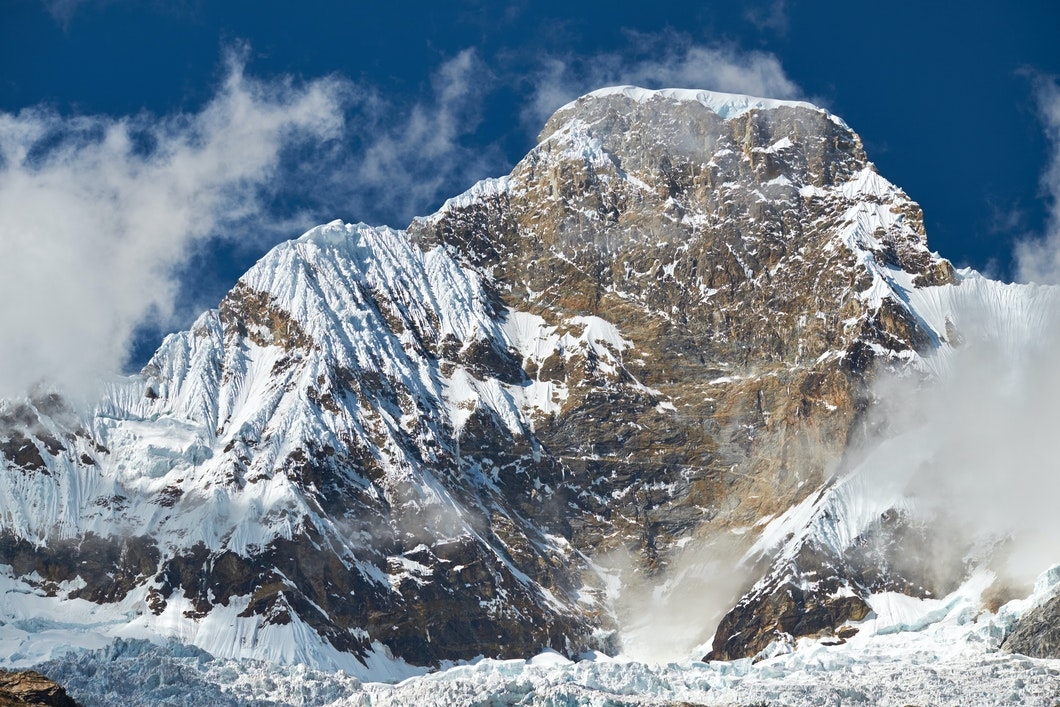 |
| Photo: mpora |
Location: Peru
The highest peak in Peru, and therefore the Earth’s Tropics, is the bad boy of the list. Located in the Huascaran National Park, Huascaran towers almost 400 metres above its neighbours. Even though Huascaran sits in fourth position, it’s technically the hardest peak to climb on this list, with heavily glaciated and steep terrain, all sitting above the lofty heights of 6,000 metres – the summit usually takes around four days to climb from basecamp.
5) Cerro Bonete - 6759m
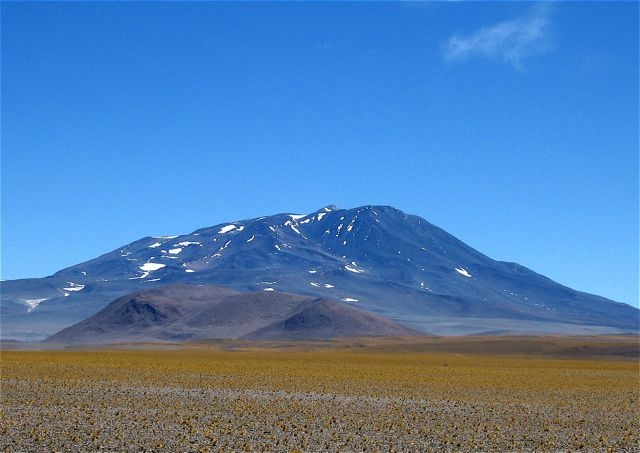 |
| Photo: Wikipedia |
Location: Argentina
Cerro Bonete is a 6759 metre extinct volcano that has grown from millions of years of volcanic activity spewing out lava, creating these huge rhyodacite towers close to the summit. Sat alone in the La Rioja province of Argentina, Cerro Bonete hosts a 6km diameter crater not far from the summit, with a 2km long lake sat within this crater.
6) Tres Cruces - 6749m
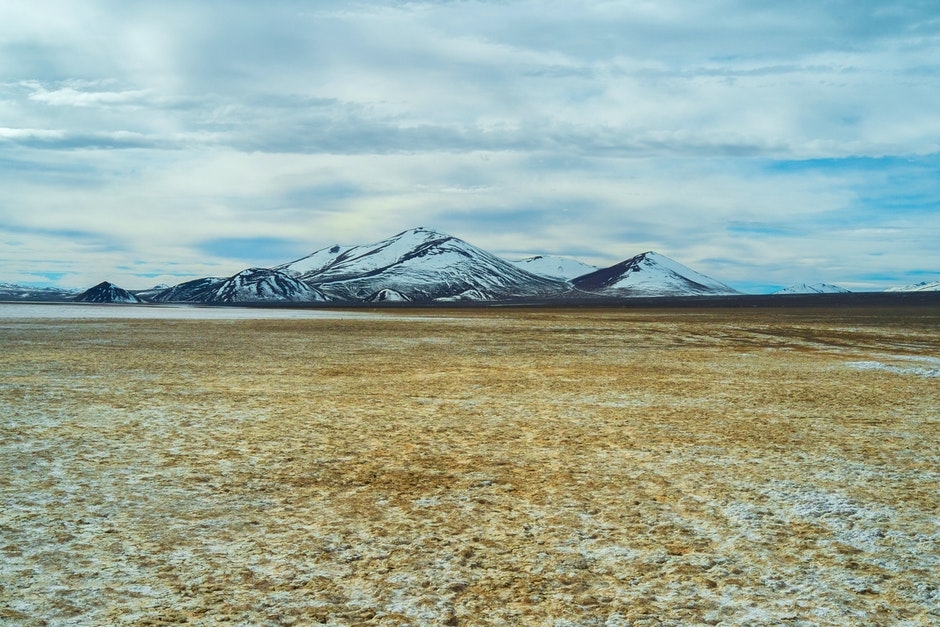 |
| Photo: mpora |
Location: Chile / Argentina
The Tres Cruces is a small cluster of volcanoes sat on the border between Chile and Argentina, with the peak of Tres Cruces Sur topping this massif. The Tres Cruces is made up of two main summits, that are of similar height (119 metre difference). The last volcanic activity within the mountains was over 28,000 years ago when a subsidiary volcano erupted –the Tres Cruces could provide an eruption in the future.
7) Llullaillaco -6739m
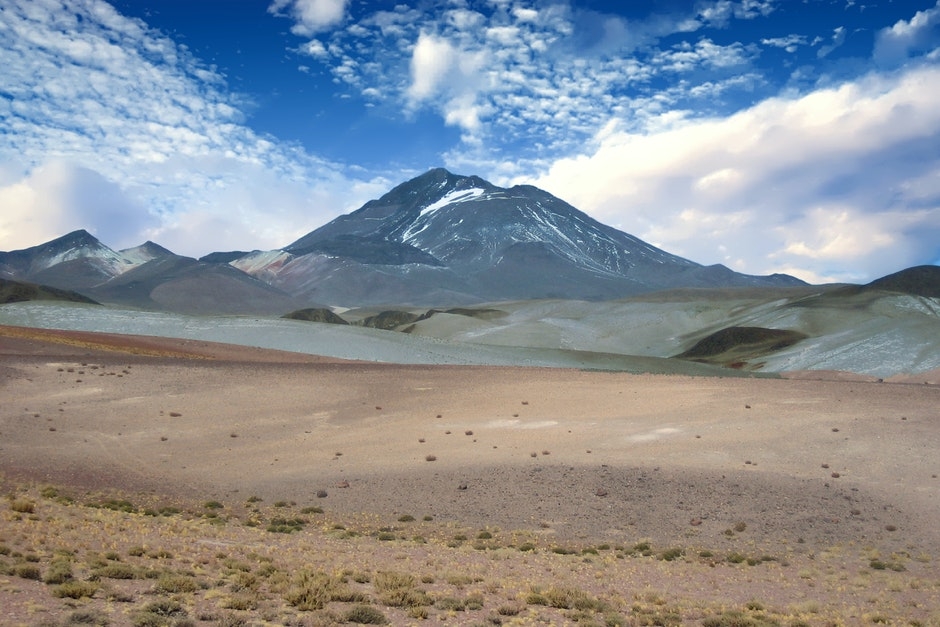 |
| Photo: mpora |
Location: Chile
Llullaillaco (Spanish pronunciation: [ʎuʎajˈʎako]) is a dormant stratovolcano at the border of Argentina (Salta Province) and Chile (Antofagasta Region). It lies in the Puna de Atacama, a region of tall volcanic peaks on a high plateau close to the Atacama Desert, one of the driest places in the world. It is the second-highest active volcano in the world after Ojos del Salado.
Llullaillaco formed during two different phases in the Pleistocene-Holocene out of dacitic lava flows. The oldest rocks are about 1.5 million years old. About 150,000 years ago, the volcano's southeastern flank collapsed, generating a debris avalanche that reached as far as 25 kilometres (16 mi) from the summit. The youngest dated rocks erupted 5,600 ± 250 years ago in the summit region, but there are reports of activity from the 19th century.
The mountain's first recorded climb was in 1950, but traces of earlier climbs and a number of archeological sites were found on the mountain and at its feet; Llullaillaco marks the highest archeological site in the world. In 1999, the mummified remains of three children, known as the Children of Llullaillaco, were found at its summit. They are presumed to have been human sacrifices. The occurrence of mice in the summit region has been reported as well.
8) Mercedario - 6700m
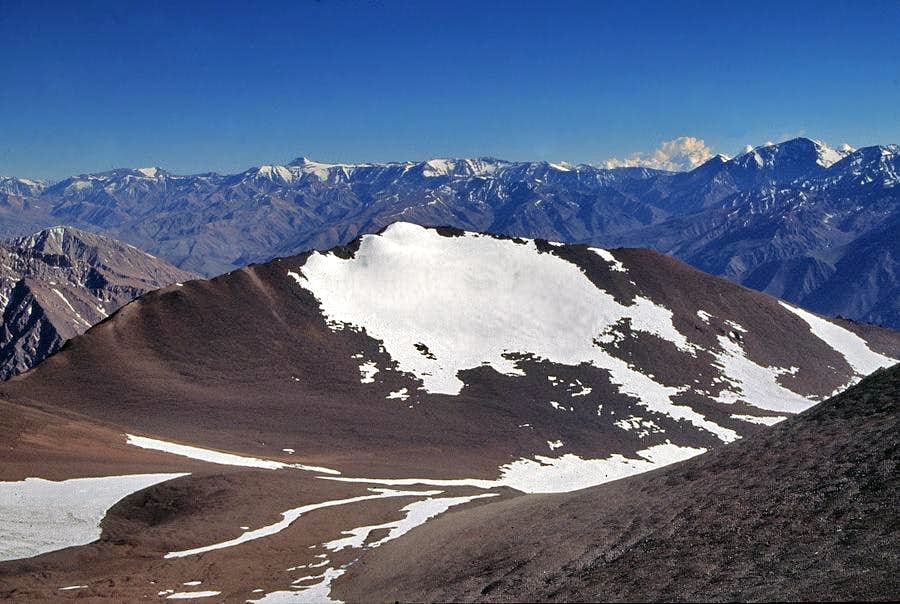 |
| Photo: SummitPost |
Location: Argentina
Cerro Mercedario is the highest peak of the Cordillera de la Ramada range and the eighth-highest mountain of the Andes. It is located 100 km to the north of Aconcagua, in the Argentine province of San Juan. It was first ascended in 1934 by Adam Karpiński and Wiktor Ostrowski, members of a Polish andinist expedition led by Konstanty Jodko-Narkiewicz. The Polish party erected a cairn on the summit.
In 1968, after several attempts by some of the strongest Argentine climbers, a Japanese group led by Saburo Yoshida accomplished the first ascension of the south side. In 1971 an Austrian expedition led by Fritz Moravec and Othmar Kucera, climbed the north side. In 1972, Italians Sergio Job Gino and Antonio Beorchia Nigris climbed the Mercedario through the normal route and discovered some Inca ruins just below the summit. In January 1975 an Italian expedition led by Antonio Mastellaro managed to climb the east side. In 1983 a small expedition from Gorizia was able to traverse the southwest ridge, which is considered the most difficult trail of the mountain, and one of the last mountaineering issues in the Andes. On January 27 Mauro Collini, Sergio Figel, Mario Tavagnutti and Rudi Vittori reached the top.
9) Incahuasi - 6658m
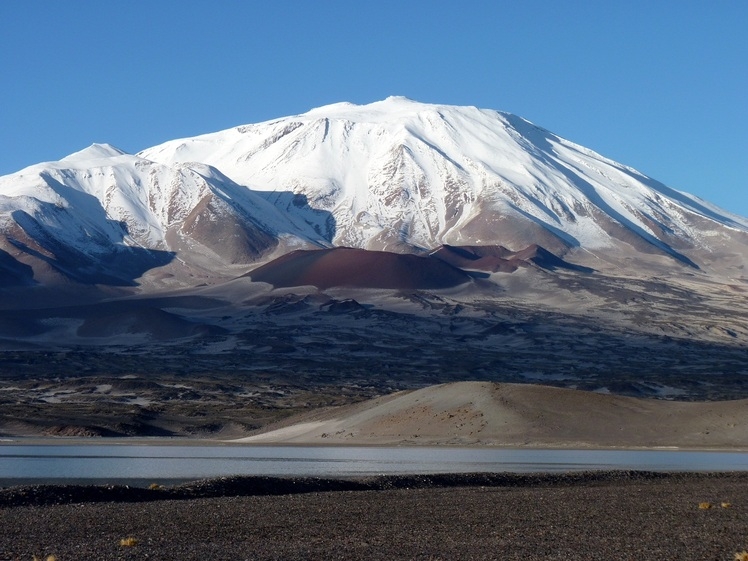 |
| Photo: Mountain Forecast |
Location: Argentina
Another peak on this list that is made famous by the archeological sites found on its slopes. With a consistently steep angle on all of its faces, many find the north ridge of Incahuasi the most amiable way to reach the summit.
Most commercial groups take 12 days to reach the summit of Incahuasi, starting with a 300 kilometre drive before taking in surrounding peaks to acclimatise. The ascent from Incahuasi Base Camp takes 3 days, before you have to make the long trip back to Fiambalá down at 1600m.
10) Nevado Sajama - 6542m
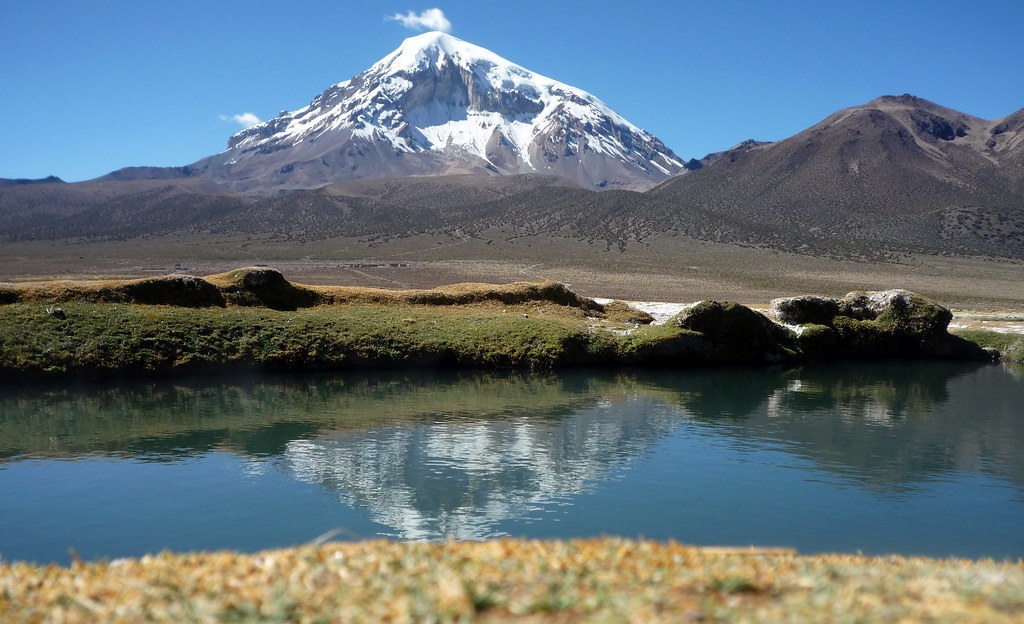 |
| Photo: Flickr |
Location: Bolivia
World-renowned steep skier Andreas Fransson first put Nevado Sajama on our radar after his epic mission to ski this peak – the highest in Bolivia and number ten in this list. What Andreas soon learned is that this peak has extremely poor skiing: walking ratio with only around 450 metres of skiing to show for. This was after 2,000 metres of ascent that included hitchhiking, fighting through sandstorms and the brutal climb to reach the ice cap.
Andes - South American Mountain RangeThe Andes is the longest continental mountain range in the World, around 7,000 km (4,300 miles) long. The range spans the full length of the western side of South America, passing through seven countries: Venezuela, Colombia, Ecuador, Peru, Bolivia, Chile and Argentina. Outside of Asia, the Andes also has the highest mountains in the World - with 100 peaks exceeding 6,000m in elevation. Due to its sprawling length and breadth, the Andes is often categorised into three main climate zones: the tropical Andes, wet Andes and dry Andes. Apart from the incredibly diverse fauna and flora that is found in the Andes, and the amazing array of cultures that call the Andes home, the mountains have a number of claims to fame. For example, the Andes are home to Chimborazo, a mountain in the Ecuadorian Andes, which at its summit is the farthest point from the Earth's center - this is due to the equatorial bulge resulting from the Earth's rotation. Moreover, the World's highest volcanoes are in the Andes, including Ojos del Salado (6,893m / 22,615ft). |
For more interesting news of KnowInsiders, check out right below!
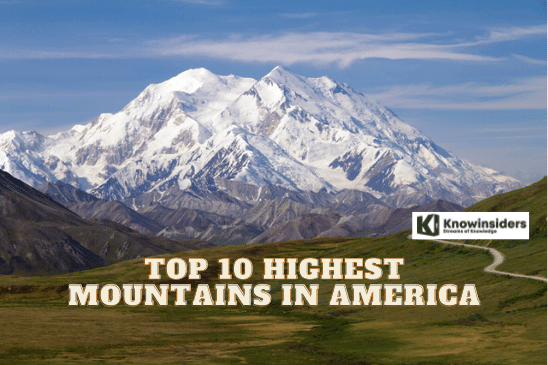 Top 10 Highest Mountains in America Top 10 Highest Mountains in America The United States is home to many high and spectacular mountains. Check out the list of 10 highest mountains in America right below! |
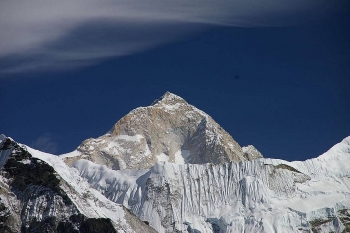 Top 10 Highest Mountains in the World Top 10 Highest Mountains in the World Nepal is known as the kingdom of the Himalayas, where the highest mountains in the world are located. Check out the list of 10 highest ... |
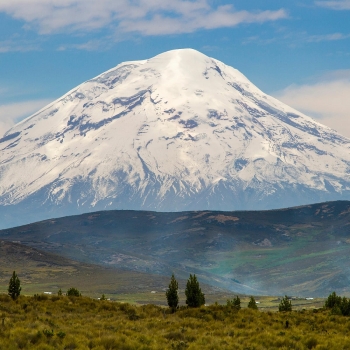 The tallest mountain on Earth: Mount Everest, Mauna Kea in Hawaii, and now Chimborazo in Ecuador? The tallest mountain on Earth: Mount Everest, Mauna Kea in Hawaii, and now Chimborazo in Ecuador? Mount Everest which is believed is the highest moutain so far is beaten by Chimborazo, in Ecuador and Mauna Kea on the island of Hawaii? |

